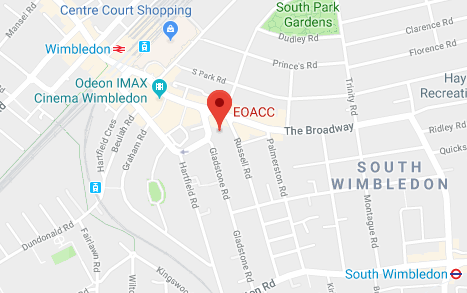Tax codes: What are they? (Part 2)
In Part 1 of this series of articles, we explained what tax codes are and why they are important, as well as showing you where you can find your tax code. We continue this series showing you how the tax code you are issued by the HMRC works.
The tax code is based on what your personal tax-free allowance is for a tax year. The personal tax-free allowance is the amount of Gross pay that you can earn before you start to pay tax in the UK and it changes from tax year to tax year. For most people, the personal allowance for the tax year 2013/2014 will be £9440.
A tax code is usually made up of several numbers and a letter. If you take the numbers in your tax code and multiply it by ten, then you’ll get the total amount of your tax-free personal allowance i.e. if your tax code is 944L, then you can earn £9440 (944 x 10) gross pay before you start to pay tax or if your tax code is 345L, then you can earn £3450 Gross pay before you will start to pay tax.
Please note that there are tax codes that indicate you have a zero tax-free personal allowance or even that your gross income needs to be increased by a specified amount (Negative personal allowance). This is why the letter in your tax code is very important – currently you can have one of the following letters in your tax code:
* “L” means that you are entitled to a personal tax-free allowance. Example: If you’ve got a tax code 944L, then firstly multiply the 944 with 10 to get the figure that affects your tax code, i.e. £9440. This means that you qualify for a tax-free allowance of £9440 and you will only start to pay tax on your income when it exceeds £9440. If your tax code is 1012L, then you qualify for a £10,120 tax-free personal allowance. If your tax code is 75L, then you qualify for a tax- free allowance of £750.
* “P” means that you are entitled to the higher personal tax allowance that is available to persons aged 65 and above.
* “Y” means that you are entitled to the higher personal tax allowance that is available to persons age 75 and above.
* “T” is a so-called temporary tax code, which means there are things the HMRC needs to review about your tax code.
* “K” means that you don’t have any personal tax-free allowance for the tax year. Instead, you have a “negative” tax code. This basically means the amount of the tax code must be added to your income to work out how much tax you need to pay. Example: If you have a tax code of K235, you must firstly multiply the number by 10 to get the figure that affects your income, i.e. K235 = £2350. The K means that the £2350 must be added to your income to work out the tax due – if the basic rate is 20%, then you need to pay an additional £470 tax. You don’t have any tax-free personal allowance.
* “BR” Is used when all your income is taxed at the basic rate, which is currently 20 % (most commonly used for a second job or pension). You therefore don’t get any personal tax-free allowance.
* “D0” is used when all your income is taxed at the higher rate of tax – currently 40 % (most commonly used for a second job or pension).
* “NT” is used when no tax is to be taken from your income or pension.
As an employee, you need to understand and check your PAYE tax codes. The HMRC expects you to do this. If you don’t check your tax code, you could face an unexpected tax bill, be paying too much tax now, or miss out on refunds from earlier years. Please contact us if you need help checking if your tax code is correct.


